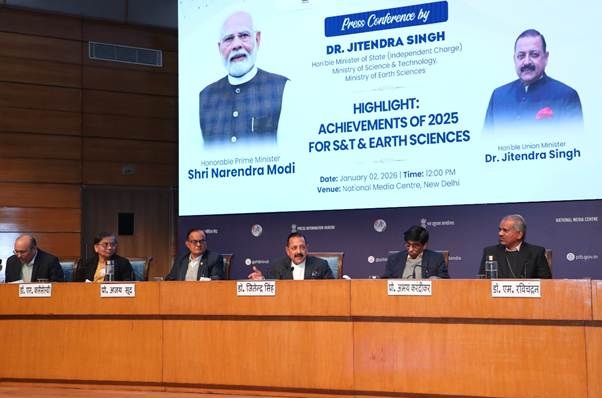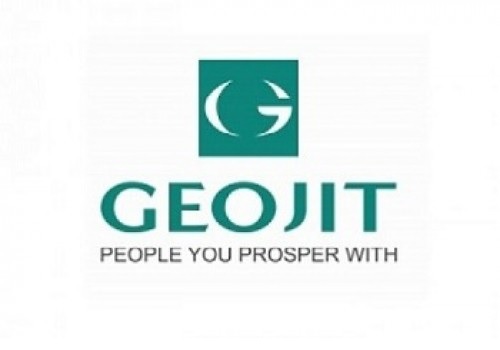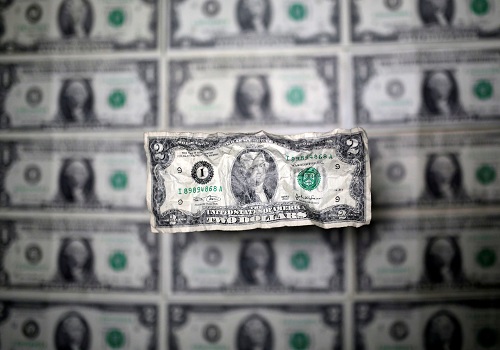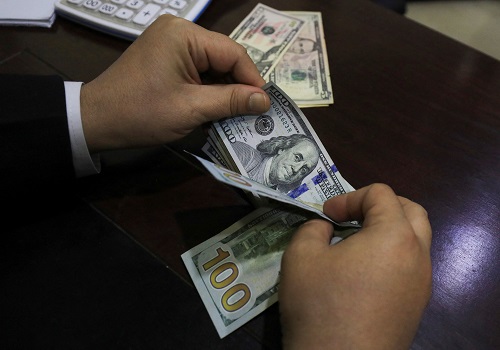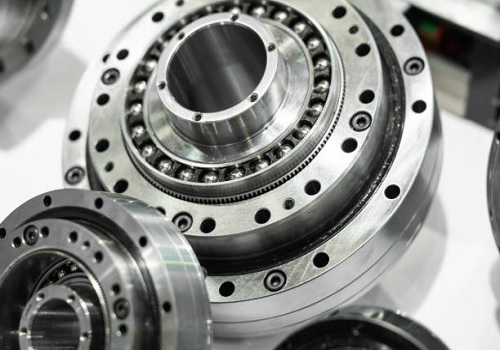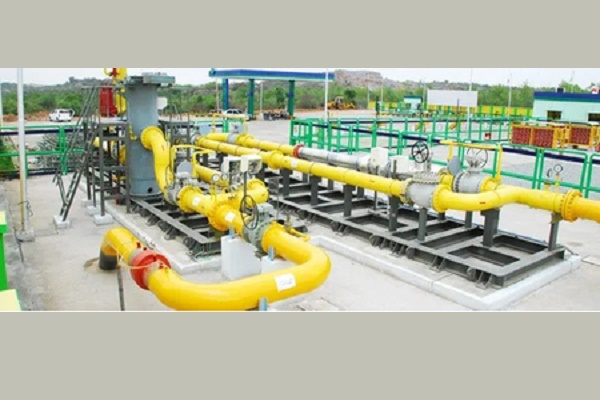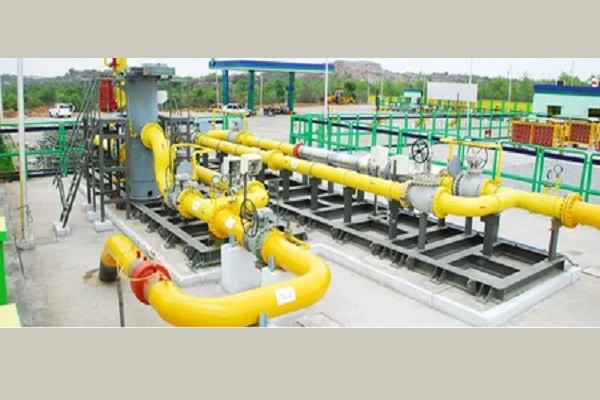South Korea`s exports grow 5.9 pc in July on strong chip demand

South Korea's exports rose 5.9 per cent from a year earlier in July thanks to robust global demand for semiconductors, despite the tariff scheme of the U.S. Donald Trump administration, government data showed on Friday.
Outbound shipments came to US$60.8 billion last month, the highest figure for any July, according to data compiled by the Ministry of Trade, Industry and Energy. Imports added 0.7 percent on-year to $54.2 billion, resulting in a trade surplus of $6.61 billion, reports Yonhap news agency.
Semiconductor exports jumped 31.6 percent on-year to $14.71 billion, also making an all-time high for any July, backed by an increase in memory chip prices and solid demand for high-value products, such as high bandwidth memory (HBM) chips and DDR5.
Seo Ga-ram, a ministry official, said the sharp increase in chip exports is partially attributed to increased demand ahead of the possible imposition of semiconductor tariffs by the U.S. administration, but the sector is expected to deliver strong performance throughout the year on the growth of the artificial intelligence (AI) market.
"Even if the U.S. imposes tariffs on chip imports, the move is expected to have limited impact on Korea's exports to the U.S. since Korean companies manufacture high-value semiconductors that U.S. firms cannot make," he said.
Shipments of automobiles increased 8.8 percent to $5.83 billion thanks to the strong performance in the European Union (EU), Latin America and the Commonwealth of Independent States (CIS), which includes Russia.
But auto exports to the U.S. decreased 1.7 percent on-year, with shipments of electric vehicles (EVs) nosediving 97.7 percent, due to the Trump administration's 25 percent tariffs on all imported cars.
Seo said the Korean automotive industry avoided the worst-case scenario with Thursday's trade deal between Seoul and Washington, which reduced U.S. tariffs on Korean cars to 15 percent from 25 percent -- the same rate for cars from Japan and Europe.
Ship exports spiked 107.6 percent on-year to $2.24 billion, marking the fifth consecutive month of on-year increase, driven by robust demand for high-value ships, such as liquefied natural gas (LNG) tankers.
Exports of agro-fisheries products added 3.8 percent to $1.08 billion, the highest figure for any July, and cosmetics exports grew 18.1 percent to $980 million, also a record-high July figure, amid soaring global popularity of Korean food and culture, as well as Seoul's efforts to diversify its export items.
Shipments of electronic devices escalated 19.2 percent to $1.56 billion.
On the other hand, shipments of petroleum and petrochemical products decreased 6.3 percent and 10.1 percent to $4.21 billion and $3.75 billion, respectively.
Exports of bio-health products dropped 4.9 percent on-year to $1.18 billion, with computer exports tumbling 18.5 percent to $950 million and those of displays falling 9 percent to $1.57 billion.
Shipments of machinery plunged 17.2 percent to $4.28 billion on U.S. tariffs, while steel exports contracted 2.9 percent to $2.72 billion due to sluggish demand and 50 percent U.S. tariffs.
By destination, exports to the United States went up 1.4 percent on-year to $10.33 billion, but it marked the first time at least since the start of last year that the country came in third place after China and the Association of Southeast Asian Nations (ASEAN) in terms of the amount of imports from South Korea.



